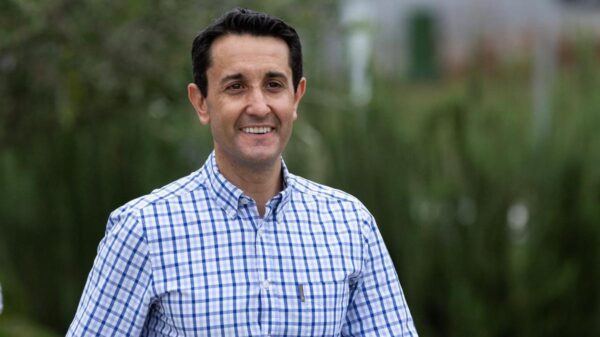Recent research has uncovered significant new evidence that challenges long-held beliefs about the production of khipus, the intricate knotted cord systems used by the ancient Inca Empire. For centuries, it was assumed that only elite officials possessed the knowledge and skills required to create these records of economics, demographics, and history. However, findings suggest that commoners also participated in khipu production, indicating a broader level of khipu literacy than previously thought.
The study, led by Professor Sabine Hyland from the University of St Andrews, reveals that khipu makers, known as khipu kamayuq, were not exclusively high-status individuals. Previous understanding relied heavily on colonial Spanish accounts, which portrayed khipu creation as the sole domain of the elite. This new evidence points to a more inclusive practice within the Inca society, which thrived from approximately 1400 to 1532.
In the highland village of Jucul, Peru, researchers discovered over 90 ancestral khipus, some dating back centuries. One notable khipu, designated KH0631, featured a primary cord made entirely of human hair. This finding marks a groundbreaking moment, as khipus had not been previously examined for the presence of human hair, leaving questions about their commonality unanswered.
The use of hair in khipus was not merely decorative; it served as a signature of the creator. In Inca cosmology, human hair held significant meaning, believed to embody a person’s essence. The attachment of hair to khipus indicated the responsibility of the maker for the information recorded. This practice aligns with earlier findings where herders tied their hair to khipus as a mark of authorship.
The analysis of KH0631 revealed that the hair, measuring 104 cm in length and folded during the khipu’s creation, represented over eight years of growth. To gain insights into the diet and lifestyle of the khipu’s creator, researchers conducted isotopic analysis on hair samples. This technique has previously been used to differentiate between the diets of various social classes in ancient Andean society.
Findings indicated that the individual associated with KH0631 had a low-status diet primarily consisting of tubers and greens, with little meat or maize. According to isotopic data, this person likely resided in the highlands, an area characterized by limited access to marine resources. This stands in stark contrast to the diets of elite individuals, who typically enjoyed a more meat-rich and maize-based cuisine.
The isotopic analysis also suggested that the khipu creator lived at an altitude between 2,600 and 2,800 meters above sea level, likely in southern Peru or northern Chile. This revelation provides new geographical context for the origins of khipus, expanding understanding of the social dynamics within the Inca Empire.
The implications of these findings are substantial. They suggest that khipu literacy extended beyond the elite, allowing for greater participation among commoners in the Inca administrative and cultural processes. This challenges the narrative that khipus were exclusive to the highest echelons of society.
In conclusion, the research led by Professor Hyland and her team offers a compelling re-evaluation of the role of commoners in the Inca Empire. By revealing that ordinary individuals were capable of creating and signing khipus, the study provides a richer understanding of the social fabric of ancient Andean civilization and its complex record-keeping methods. This research not only sheds light on the past but also invites further exploration into the dynamics of Inca society as a whole.





























































